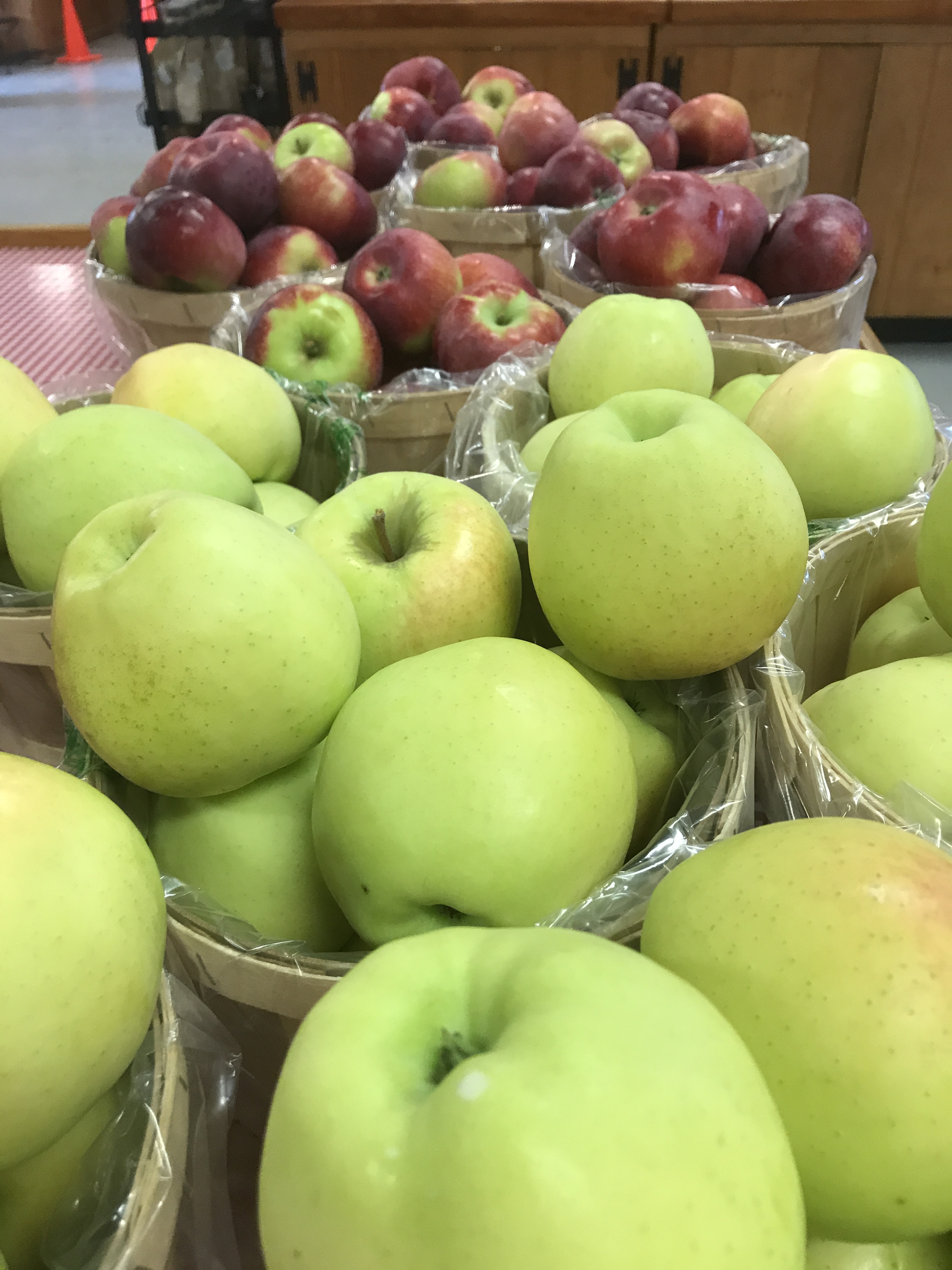- This topic is empty.
- AuthorPosts
- January 21, 2025 at 11:12 pm #542927

Apples, one of the most beloved fruits worldwide, have been cultivated for thousands of years. Apple farming is an intricate and fascinating process that involves rich history, advanced techniques, and remarkable diversity. Let’s delve into some captivating facts about apple farming.
1. Ancient Origins of Apple Cultivation
The history of apple farming traces back to ancient times. The wild ancestor of the modern apple, Malus sieversii, was first domesticated in Central Asia around 4,000 years ago.
Early farmers recognized the fruit’s sweetness and nutritional value, leading to the gradual cultivation of apple trees and their spread to other parts of the world.
2. Apple Diversity and Varieties
There is an astonishing variety of apple cultivars worldwide. From the crisp and juicy Honeycrisp to the tangy Granny Smith, there are over 7,500 apple varieties grown globally. Each type has unique flavors, colors, and textures, making apple farming an exciting and diverse industry.
3. The Bee’s Vital Role
Apple trees rely heavily on pollination to produce fruit. Bees play a crucial role in this process by transferring pollen from the male parts of the flower to the female parts, allowing fertilization to occur.
Apple farmers often collaborate with beekeepers to ensure sufficient pollination, contributing to both healthy orchards and thriving bee populations.
4. Chill Hours and Climate Requirements
Apples are temperate fruits and require a specific number of chill hours (hours of cold temperatures) to break dormancy and set fruit.
The required chill hours vary depending on the apple variety. Insufficient chill hours can lead to reduced yields and affect fruit quality, making climate suitability a critical consideration for apple farming.
5. Apple Harvesting Techniques
Apple harvesting is a labor-intensive process that demands precision and care. While handpicking is common in small orchards and for premium varieties, larger farms often use mechanical harvesters.
These machines gently shake the trees, causing ripe apples to fall onto a conveyor belt, where workers sort and pack them.
6. Storage Techniques for Year-Round Supply
Apples harvested during the peak season are cleverly stored to ensure a year-round supply. Commercial apple farmers use sophisticated controlled-atmosphere storage facilities that regulate temperature, humidity, and gas concentrations to slow down ripening and extend the fruits’ shelf life.
7. Integrated Pest Management (IPM)
To protect apple trees from pests and diseases without relying solely on chemical treatments, many apple farmers adopt Integrated Pest Management (IPM) practices.
IPM combines various techniques like biological pest control, crop rotation, and pheromone traps to manage pests effectively and minimize environmental impact.
8. Apple Trees and Longevity
Apple trees can live for several decades, and some have even survived for over 100 years. With proper care and pruning, these long-lived trees continue to produce high-quality apples year after year, becoming a cherished part of family-owned orchards and historical landscapes.
9. The Blossom Time Spectacle
Apple orchards in full bloom are a breathtaking sight. During the blossom period, usually in spring, the trees are covered in delicate, fragrant flowers.
This stunning spectacle not only attracts visitors but also plays a vital role in the pollination process, setting the stage for a bountiful harvest later in the year.
10. Apple’s Impact on Health
The phrase “an apple a day keeps the doctor away” isn’t just a saying. Apples are packed with essential nutrients, fiber, and antioxidants, making them a healthy addition to one’s diet.
Regular consumption of apples has been linked to various health benefits, including improved heart health and reduced risk of certain diseases.
In conclusion, apple farming is a captivating blend of history, science, and agriculture. The diverse varieties, the role of bees, the storage techniques, and the health impact all contribute to the rich tapestry of apple cultivation.
The next time you bite into a crisp, juicy apple, take a moment to appreciate the fascinating journey it took from a blossom on a tree to your plate.
- AuthorPosts
- You must be logged in to reply to this topic.

